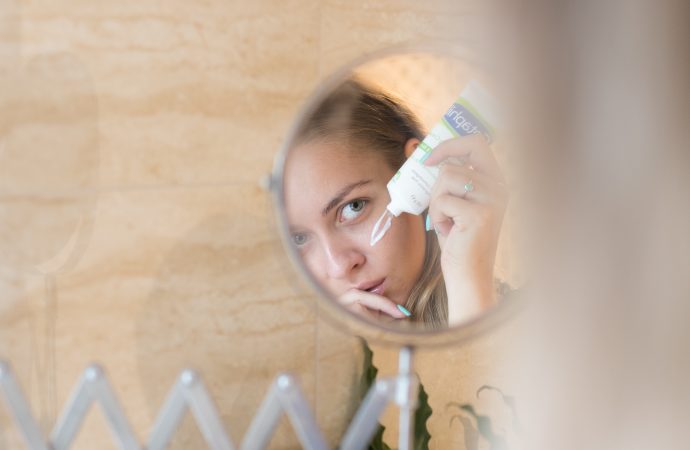Introduction: Sunscreen is a crucial component of our sun protection routine, helping to shield our skin from the harmful effects of ultraviolet (UV) rays. However, recent debates and concerns have arisen regarding the safety of certain sunscreen ingredients. One such ingredient is homosalate. In this article, we will delve into the controversy surrounding homosalate,
Introduction:
Sunscreen is a crucial component of our sun protection routine, helping to shield our skin from the harmful effects of ultraviolet (UV) rays. However, recent debates and concerns have arisen regarding the safety of certain sunscreen ingredients. One such ingredient is homosalate. In this article, we will delve into the controversy surrounding homosalate, explore its potential risks, and provide tips on how to avoid it when choosing sunscreens.
Understanding Homosalate:
Homosalate is a chemical compound commonly used as an ultraviolet (UV) filter in sunscreens. It works by absorbing and dissipating UVB rays, reducing their penetration into the skin. Homosalate is valued for its ability to enhance the sun protection factor (SPF) of sunscreens and improve their water resistance. However, questions have been raised about the safety of this ingredient and its potential impact on human health.
Endocrine Disruption Concerns:
One of the primary reasons for the controversy surrounding homosalate is its potential to disrupt the endocrine system. Research suggests that homosalate may interfere with hormone function in the body, particularly estrogen. Studies have shown that homosalate can mimic estrogen and disrupt the delicate hormonal balance, which can have far-reaching effects on reproductive health, development, and overall hormone regulation.
Limited Safety Data:
Another issue that adds to the controversy is the limited safety data available on homosalate. While many sunscreen ingredients undergo rigorous testing and evaluation, there is a lack of comprehensive research on the long-term effects and potential risks associated with homosalate. This knowledge gap raises concerns among both consumers and experts, who emphasize the importance of conducting thorough safety assessments for all sunscreen ingredients.
Environmental Impact:
In addition to potential health risks, homosalate has also come under scrutiny due to its potential impact on the environment. Similar to other sunscreen ingredients, homosalate can enter aquatic ecosystems when we swim or shower, posing a potential threat to marine life. Studies have shown that homosalate can accumulate in the water and potentially affect the growth and development of certain organisms, further emphasizing the need for environmentally friendly alternatives.
Tips for Avoiding Homosalate:
Given the concerns surrounding homosalate, many individuals may want to avoid this ingredient when selecting sunscreens. Here are some tips to help you make informed choices:
1. Read the Ingredient Labels: Carefully review the ingredient labels of sunscreen products to identify the presence of homosalate. Look for alternative UV filters like zinc oxide or titanium dioxide, which are considered safer options.
2. Choose Mineral-Based Sunscreens: Opt for mineral-based sunscreens that use physical blockers like zinc oxide and titanium dioxide. These ingredients work by reflecting and scattering UV rays rather than being absorbed into the skin, making them a safer choice.
3. Look for Broad-Spectrum Protection: Regardless of the ingredients, ensure that the sunscreen provides broad-spectrum protection, shielding against both UVA and UVB rays.
4. Consider Natural and Organic Options: Explore natural and organic sunscreen brands that prioritize using plant-based and mineral ingredients. These products often avoid potentially harmful chemicals, including homosalate.
5. Stay Informed: Keep up with the latest research and updates on sunscreen ingredients. As scientific knowledge evolves, new information may emerge regarding the safety and efficacy of various compounds.
Conclusion:
The controversy surrounding homosalate in sunscreen highlights the importance of understanding the potential risks associated with commonly used ingredients. While sun protection is crucial, it is equally important to prioritize our health and the well-being of the environment. By staying informed, reading labels, and opting for alternative sunscreen options, we can make choices that align with our safety concerns and contribute to a healthier future. Remember, protecting our skin should not come
at the expense of our overall well-being.

















Leave a Comment
Your email address will not be published. Required fields are marked with *